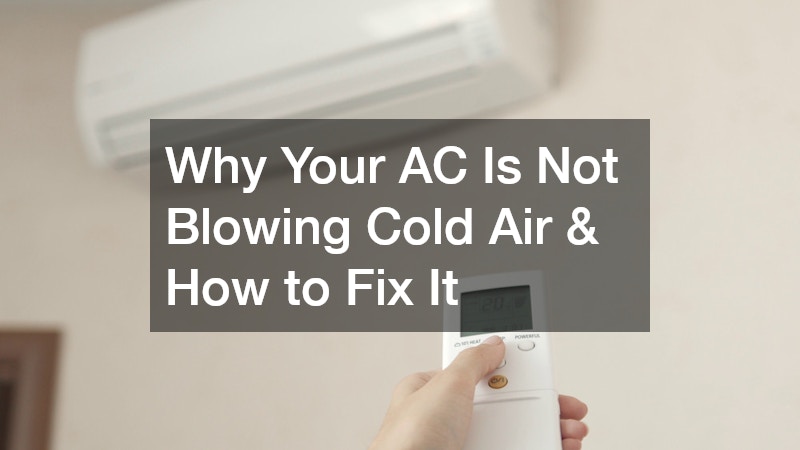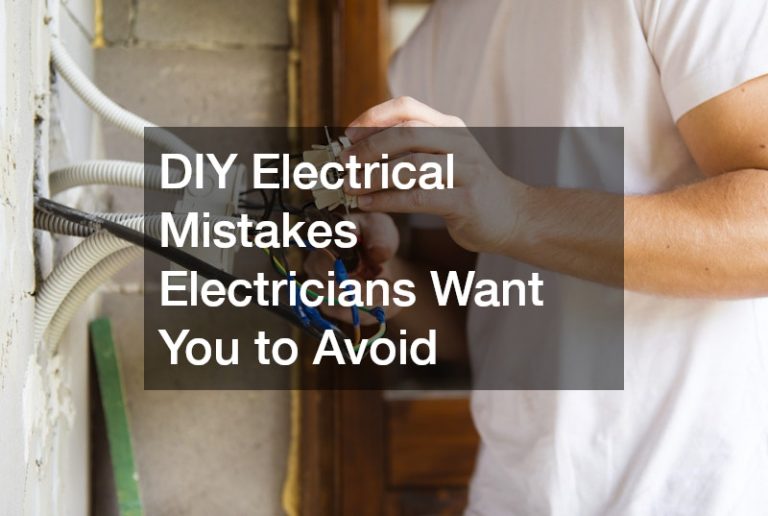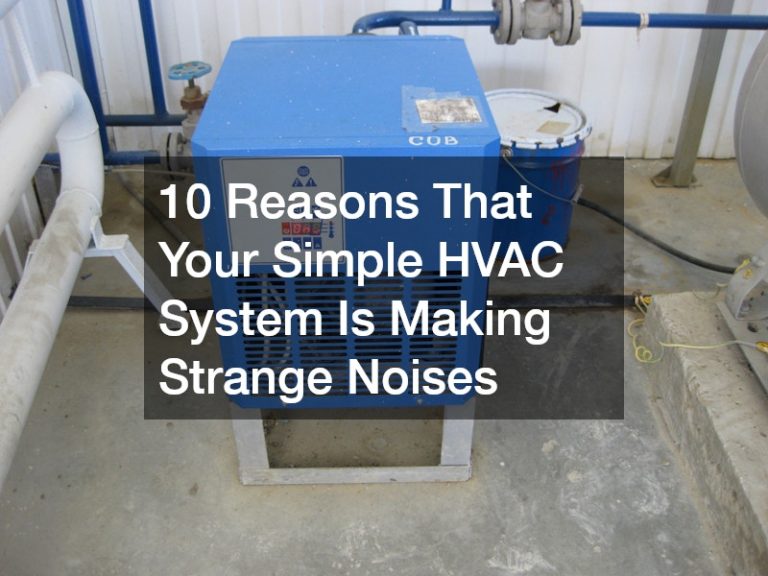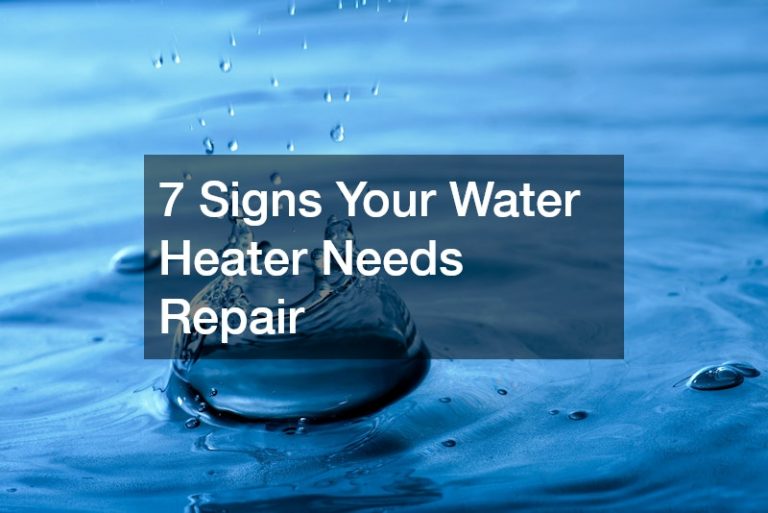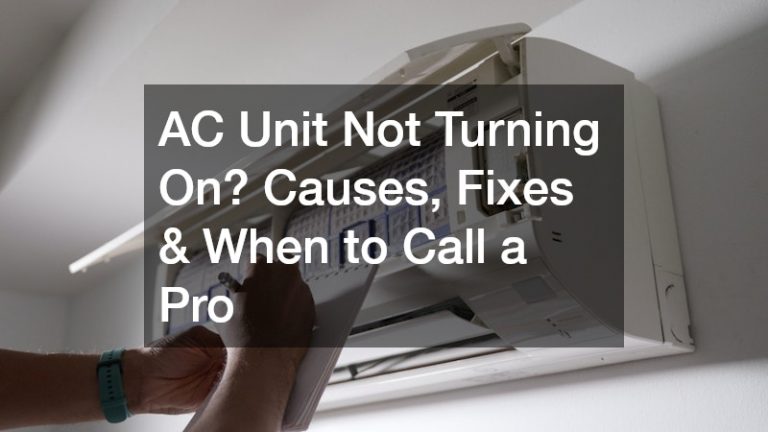When summer heat hits, the last thing you want is an air conditioner that isn’t cooling. If your AC is not blowing cold air, it can make your home uncomfortable and even unsafe during extreme temperatures. The good news is that many common issues have simple fixes, while others may require a professional technician. This guide breaks down the most common reasons your AC stops cooling, what you can do about it, and how to prevent problems in the future.
Common Reasons Why Your AC Is Not Blowing Cold Air
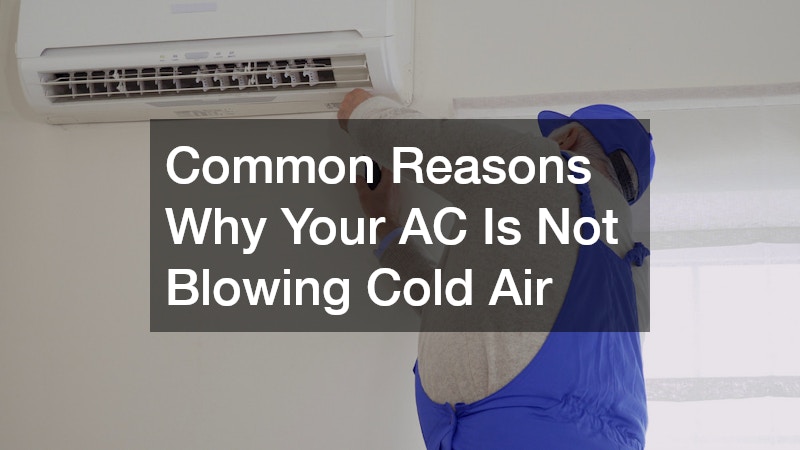
If your air conditioner is running but not producing cold air, several issues could be the cause. Knowing these common reasons can help you decide if it’s something you can troubleshoot on your own or if you’ll need professional repair.
Dirty air filters – Over time, dust and debris collect on the air filter. A clogged filter restricts airflow, forcing your system to work harder. This can cause the evaporator coil to freeze, stopping the unit from cooling properly. Changing your air filter every 1–3 months is one of the easiest ways to prevent this problem.
Low refrigerant levels – Refrigerant is the liquid that absorbs heat and cools the air in your home. If your system is low on refrigerant, it usually means there’s a leak. Without enough refrigerant, your AC won’t cool efficiently, and you may notice warm air blowing from the vents or ice forming on the refrigerant lines. Adding refrigerant is not a DIY fix—you’ll need an HVAC technician to locate the leak and recharge the system.
Blocked or dirty condenser coils – The outdoor unit has condenser coils that release heat from your home. If they’re covered with dirt, grass, or leaves, heat can’t escape, and your AC will struggle to cool. Cleaning around the outdoor unit and gently hosing down the coils can improve efficiency.
Faulty thermostat – Sometimes the problem isn’t with the AC itself but with the thermostat. Incorrect settings, dead batteries, or a malfunctioning thermostat can prevent the system from turning on or cooling correctly. Check that it’s set to “cool” and at the right temperature before calling for repairs.
Electrical issues – Your air conditioner depends on several electrical components to run. Blown fuses, tripped circuit breakers, or damaged wiring can interrupt power to the unit. Resetting a breaker may solve the issue, but if problems keep happening, you should call an HVAC technician to check for deeper electrical faults.
Frozen evaporator coil – The evaporator coil absorbs heat from the air inside your home. If it freezes, your AC won’t be able to cool the air. This often happens when airflow is restricted (such as from a dirty filter) or when refrigerant levels are too low. Signs include frost on the refrigerant lines or water pooling near the indoor unit as the ice melts.
Dirty or Clogged Air Filters
One of the simplest reasons your AC is not blowing cold air is a dirty air filter. Filters are designed to trap dust, dirt, and allergens, but over time they can become clogged. When airflow is blocked, the system cannot circulate cool air effectively.
Signs of a clogged air filter:
- Weak airflow from vents
- Dust buildup around registers
- AC running longer than usual
Solution: Replace disposable filters every 1–3 months, or clean reusable ones according to the manufacturer’s instructions. Keeping filters clean also improves indoor air quality.
Low Refrigerant Levels
Refrigerant is the chemical that absorbs heat from your home and releases it outside. If your system is low on refrigerant, usually due to a leak, your AC will struggle to cool.
Signs of low refrigerant:
- Warm air blowing from vents
- Hissing or bubbling sounds near the unit
- Ice forming on refrigerant lines or evaporator coil
Solution: Only a licensed technician can check refrigerant levels and repair leaks. If you suspect low refrigerant, call a professional for service.
Blocked or Dirty Condenser Coils
The condenser unit outside your home is responsible for releasing heat. If it’s covered in dirt, grass clippings, or leaves, it cannot function properly.
What to do:
- Turn off the power before cleaning.
- Remove debris around the unit.
- Use a garden hose to gently rinse dirt from the fins (avoid using high pressure, which can damage them).
Keeping the outdoor unit clear of obstructions ensures your AC cools efficiently.
Thermostat Problems
Sometimes the issue isn’t with the AC itself but with the thermostat.
Possible issues:
- Incorrect settings (set to “heat” instead of “cool”)
- Dead batteries in battery-powered models
- Faulty wiring or sensor issues
Solution: Double-check your thermostat settings and replace the batteries. If the problem persists, you may need to replace the thermostat or have an electrician inspect it.
Frozen Evaporator Coil
If your AC coil freezes, your system won’t blow cold air. This usually happens when there’s restricted airflow or low refrigerant.
Signs of a frozen coil:
- Ice buildup on the indoor unit
- Water leaking around the system after the ice melts
- Warm air from vents
Solution: Turn off the system and let the coil thaw. Replace air filters and ensure vents are open. If freezing continues, call a technician to inspect refrigerant levels.
Electrical or Mechanical Problems
Air conditioners have many electrical components that can fail over time.
Possible issues include:
- Blown fuses or tripped circuit breakers
- Worn-out fan motors
- Faulty compressor
These issues usually require professional diagnosis and repair.
DIY Troubleshooting Before Calling a Pro

Before you spend money on a service call, there are a few things you can check on your own. Many AC issues are caused by simple problems that homeowners can fix in minutes. Running through these steps can save you both time and money:
- Check and replace dirty air filters: A clogged filter blocks airflow and makes your system work harder. If it looks dusty or hasn’t been changed in over a month, swap it out for a new one. This is one of the easiest fixes and can quickly improve cooling.
- Ensure thermostat is set correctly: Make sure your thermostat is set to “cool” and the fan is set to “auto.” If it’s set to “fan only,” your system will just circulate room-temperature air instead of cooling it. Double-check that the temperature is set lower than your current room temperature.
- Inspect and clear debris from the outdoor condenser unit: Grass clippings, leaves, and dirt can block airflow around the outdoor unit. Clear away any debris and gently rinse the condenser coils with a garden hose to help the system breathe better.
- Open all supply vents inside your home: Sometimes vents get closed off in unused rooms. Closed vents can cause uneven cooling and put extra strain on your system. Make sure all supply vents are open and free of obstructions like furniture or rugs.
- Reset the breaker if it has tripped: A tripped breaker can cut power to your AC. Check your electrical panel and reset the breaker if necessary. If it keeps tripping, that could indicate a larger electrical issue that requires professional help.
If your AC still isn’t cooling after trying these steps, it’s best to call an HVAC technician. More complex problems—like low refrigerant, electrical issues, or a failing compressor—need proper tools and expertise to diagnose and repair safely.
When to Call a Professional
Not every AC issue can be fixed with DIY solutions. You should call an HVAC professional if:
- Refrigerant is low or leaking
- You hear unusual noises (hissing, grinding, buzzing)
- The unit frequently cycles on and off
- There’s persistent weak airflow
- Your AC is over 10–15 years old and repairs are frequent
Professional technicians have the tools to check refrigerant levels, test electrical connections, and replace worn-out components safely.
Preventing Future Cooling Problems
The best way to avoid your AC not blowing cold air is regular maintenance. Preventive care keeps your system efficient and extends its lifespan.
Preventive tips:
- Replace or clean filters regularly
- Schedule annual professional tune-ups
- Keep outdoor units free from debris
- Seal air leaks in ductwork
- Install a programmable thermostat for better control
By staying on top of maintenance, you can prevent breakdowns and keep energy bills lower.
Energy Efficiency & AC Performance
Sometimes your AC may be cooling, but not as effectively as you’d like. Improving energy efficiency can make your system feel colder while lowering costs.
Ways to boost efficiency:
- Add insulation to your home
- Use ceiling fans to circulate cool air
- Close curtains or blinds during peak sun hours
- Seal windows and doors to prevent leaks
A well-maintained, energy-efficient AC not only keeps your home comfortable but also reduces strain on your system.
Final Thoughts
When your AC is not blowing cold air, it can quickly turn your home into an uncomfortable place. The most common causes include dirty filters, low refrigerant, blocked condenser coils, thermostat problems, or frozen evaporator coils. While some fixes are simple—like replacing filters or adjusting thermostat settings—others require a professional HVAC technician.
Regular maintenance is the key to preventing these issues and ensuring your air conditioner runs smoothly when you need it most. By keeping filters clean, scheduling yearly tune-ups, and clearing debris from your outdoor unit, you’ll enjoy cool air all summer long.
